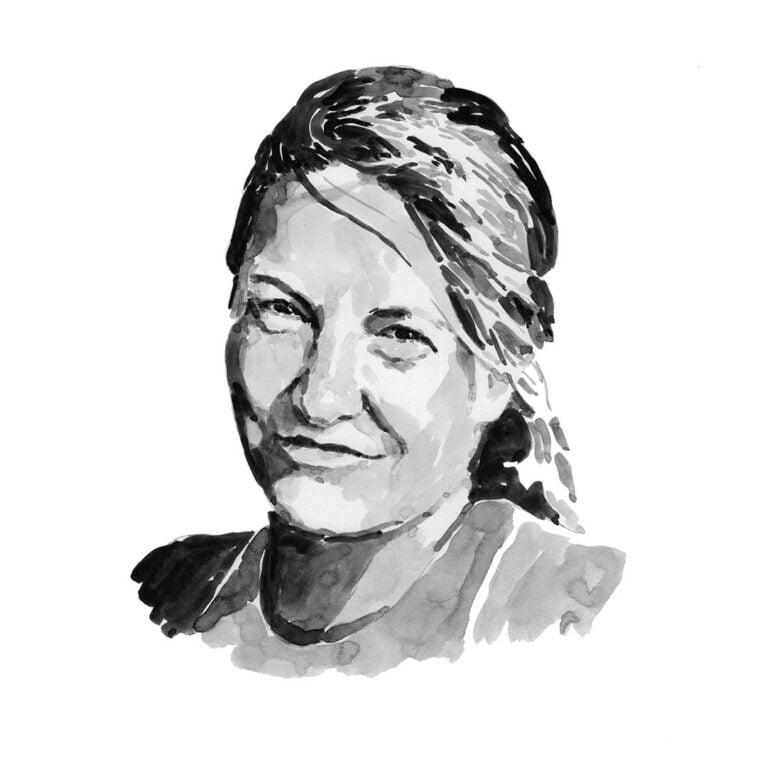Sandra Bessudo

Who I am
I am a naturalist, environmentalist and conservationist with a Master’s degree in earth and life sciences from the École Pratique des Hautes Études in Perpignan, France. I am also a professional diver with more than 7,000 dives around the world to my name. I have committed my career to the conservation of marine biodiversity and to respecting the environment.
I actively promoted the designation of the Malpelo Island Fauna and Flora Sanctuary, off the Pacific coast of Colombia, as a marine protected area in 1995. Three years later I was asked to manage it, with a view to reinforcing the conservation efforts I had developed mostly as a volunteer park ranger. Difficulties relating to the personnel and financial resources allocated to the protected area by the government led me to establish the Malpelo and Other Marine Ecosystems Foundation in 1999. As the executive director of this organisation, I have supported the development management plan for the Malpelo Protected Area and its subsequent expansions and I actively contributed to the justification for its fourth expansion.
In addition, I have served as a High Presidential Adviser in Colombia for environmental management, biodiversity, water and climate change and as the president of the Colombian Ocean Commission and the Presidential Agency of International Cooperation. These positions have enabled me to coordinate and strengthen the actions of different entities (government and academic institutions, NGOs, the private sector and research institutes) in order to protect effectively the Malpelo Island Fauna and Flora Sanctuary and other marine territories.
Where I work
Malpelo Island lies in the Eastern Tropical Pacific, 490 kilometres (300 miles) west of the port of Buenaventura. The island, with a maximum height of 300 metres (1,000 feet) above sea level, is the visible part of a sea mount whose walls descend 4,000 metres (13,100 feet) below the sea’s surface. Despite its appearance it is a living rock, above and below the water. Its land hosts endemic species and the world’s largest population of the Nazca booby; its waters are home to a wealth of biodiversity. In recognition of this wealth and the good state of conservation, in 1995 Malpelo was declared a marine protected area with a level of protection equivalent to Category II according to the IUCN’s Protected Areas Category System: a Fauna and Flora Sanctuary. Since then, thanks to scientific data supporting the biological importance of the Malpelo sanctuary as a refuge for hundreds of marine species, it has been expanded four times: in 1996, 2002, 2005 and 2017. It now protects 26,679 square kilometres (10,300 square miles) of marine territory.
The sanctuary is a highly biodiverse ecosystem and one of the few places in the world where large groups of sharks can still be found. As well as being recognised as one of the planet’s best diving sites, it has been declared a Natural Heritage of Humanity Site by UNESCO, a Special Sensitive Marine Area by the International Maritime Organization and a Hope Spot by Mission Blue.
What I do
Protecting the oceans and the biodiversity they hold is my mission. On a daily basis this may involve talking to fishermen, children or perhaps the president and his ministers to engage them in the conservation and protection of Malpelo Island Fauna and Flora Sanctuary and other marine territories. Currently I am the leader of the control and surveillance programme against illegal fishing in the sanctuary and of the scientific programme monitoring multiple shark species. I am also responsible for communication, education and ecotourism programmes with local communities in the Colombian Pacific.
Through the Malpelo and Other Marine Ecosystems Foundation I have been able to take an active part in more than 45 scientific expeditions at Malpelo and other oceanic islands, such as the Galápagos, Coiba and Cocos, to reinforce research and monitoring. At present we are working on a proposal for the next expansion of Malpelo, which will benefit not only this sanctuary, but also the entire Eastern Tropical Pacific.
